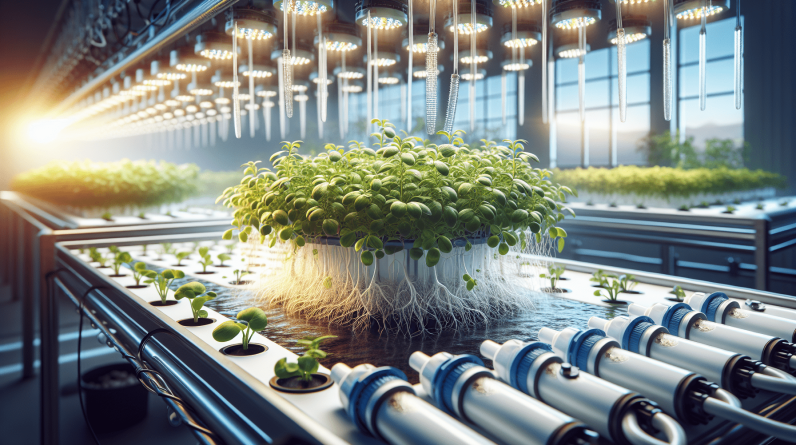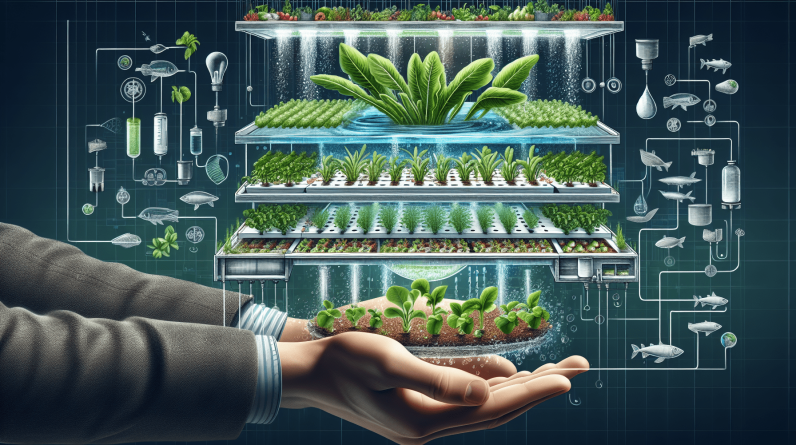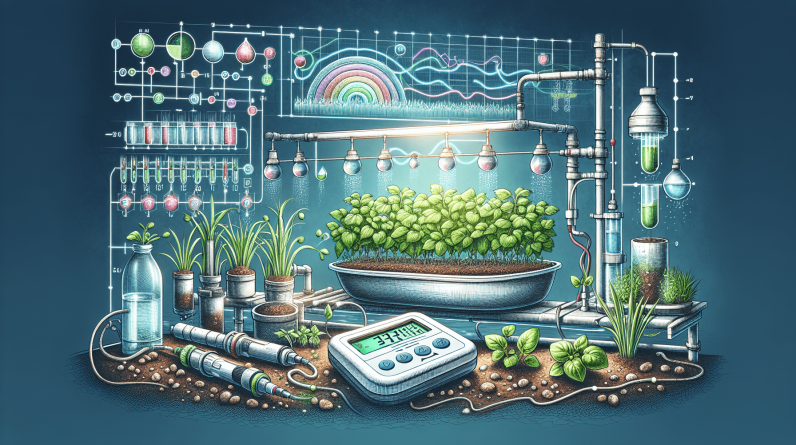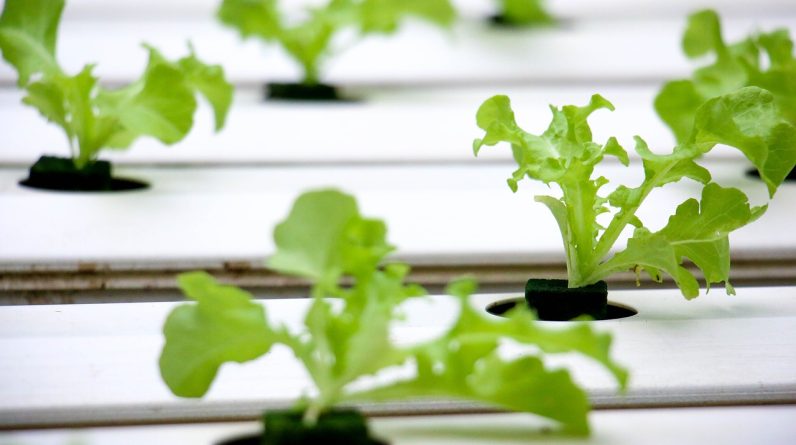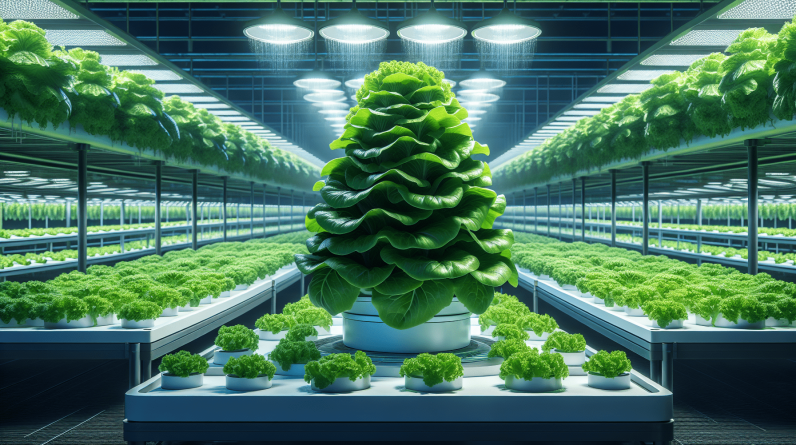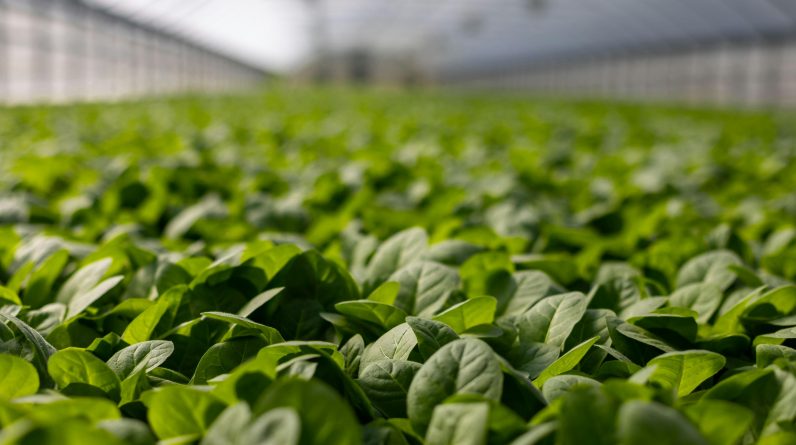
Have you ever considered growing your own fresh produce year-round, regardless of the season? Hydroponic spinach might just be the solution you’re looking for! This method of cultivation offers a range of benefits that make it an ideal choice for modern-day gardeners. Let’s explore how you can grow hydroponic spinach for fresh greens all year long.
What is Hydroponic Cultivation?
If you’re new to the world of hydroponics, you might be wondering what exactly it entails. Hydroponic cultivation is a method of growing plants without the use of soil. Instead, plants are grown in a nutrient-rich water solution that provides all the essential nutrients they need to thrive. This method allows for increased growth rates and higher yields compared to traditional soil gardening methods.
Why Choose Hydroponic Cultivation?
One of the primary reasons why many gardeners choose hydroponic cultivation is the ability to grow plants faster and more efficiently. By providing nutrients directly to the plant roots, hydroponic systems eliminate the need for plants to search for nutrients in the soil, allowing them to grow at an accelerated rate. Additionally, hydroponic systems use up to 90% less water than traditional soil gardening methods, making them a more sustainable option for water conservation.
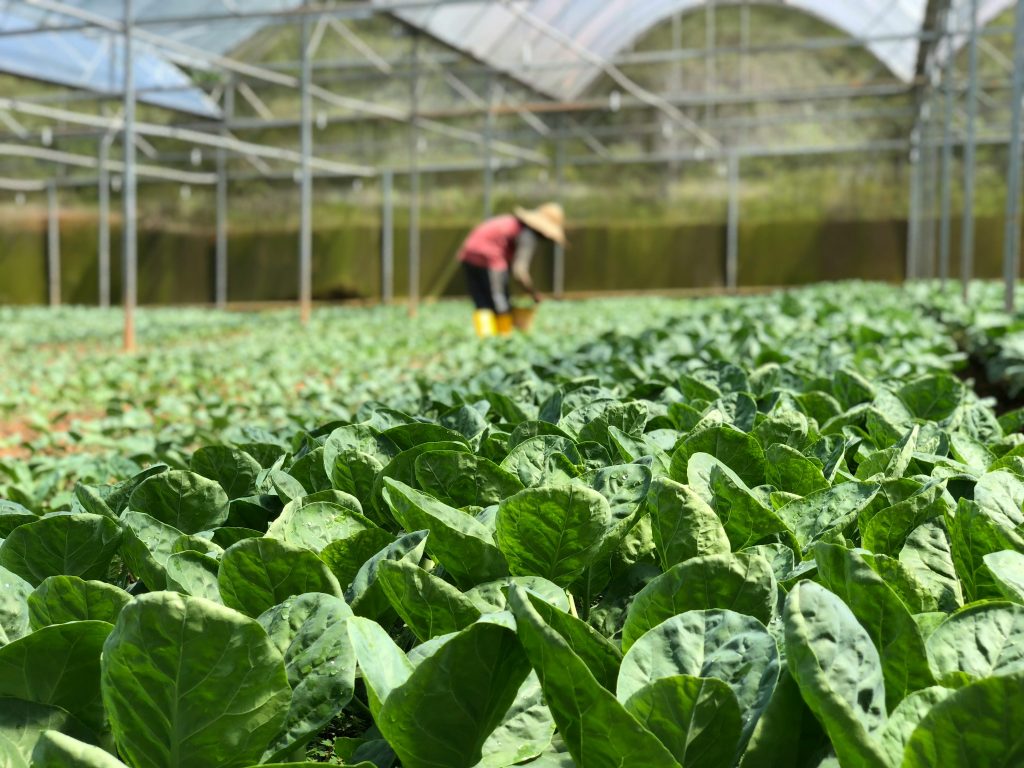
Benefits of Growing Hydroponic Spinach
Now that you have a better understanding of hydroponic cultivation, let’s dive into the specific benefits of growing hydroponic spinach.
Consistent Harvests Year-Round
One of the most significant advantages of growing hydroponic spinach is the ability to cultivate this leafy green vegetable year-round. Traditional soil gardening is often limited by seasonal changes and weather conditions, but hydroponic systems provide a controlled environment that allows for consistent harvests regardless of the time of year. This means you can enjoy fresh spinach salads or smoothies whenever you like, without having to rely on store-bought options.
Pest and Disease Prevention
Another benefit of hydroponic spinach cultivation is the reduced risk of pests and diseases that are commonly associated with traditional soil gardening. Because hydroponic systems eliminate the need for soil, soil-borne pathogens and pests are less likely to affect your plants. This results in healthier spinach crops that require fewer chemical inputs, making them a more environmentally friendly option for sustainable gardening practices.
Higher Nutrient Content
Hydroponically grown spinach is known to have higher nutrient content compared to conventionally grown spinach. By providing plants with an optimal balance of nutrients through the water solution, hydroponic systems ensure that plants receive all the essential vitamins and minerals they need to thrive. This results in more nutrient-dense spinach that can contribute to a healthier diet and overall well-being.
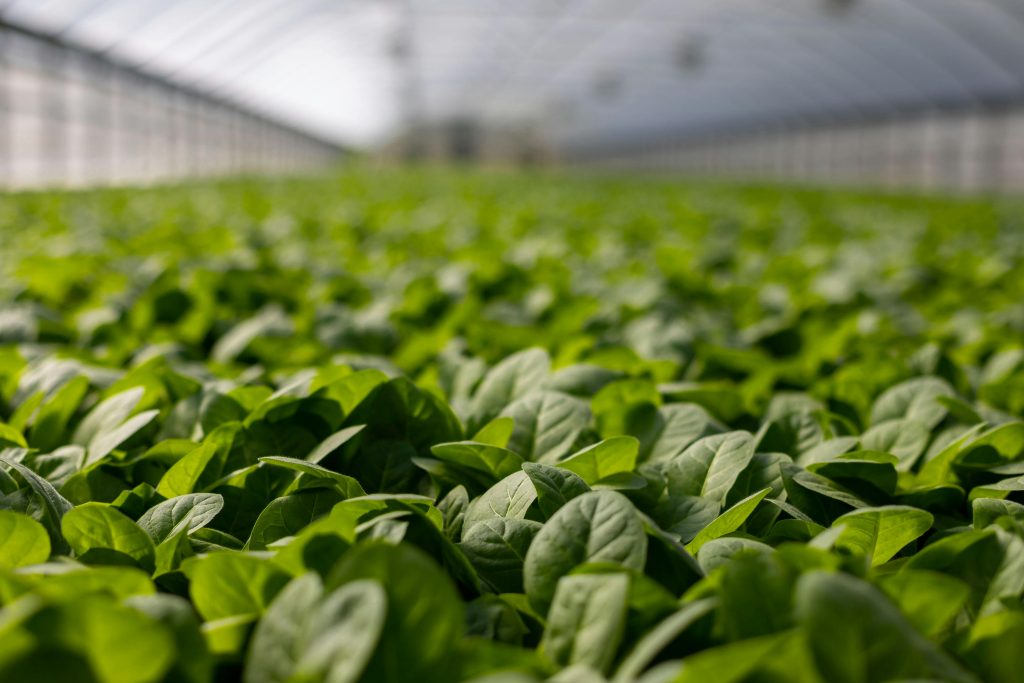
Setting Up Your Hydroponic Spinach System
Now that you’re convinced of the benefits of growing hydroponic spinach, let’s walk through the process of setting up your own system.
Choosing a Hydroponic System
There are several types of hydroponic systems available, each with its own set of advantages and challenges. Some common hydroponic systems for cultivating leafy greens like spinach include deep water culture (DWC), nutrient film technique (NFT), and vertical growing systems. Consider factors such as space availability, budget, and level of expertise when choosing the right system for your needs.
Selecting Spinach Varieties
When it comes to choosing spinach varieties for hydroponic cultivation, look for fast-growing varieties that are well-suited to indoor growing conditions. Some popular spinach varieties for hydroponics include Bloomsdale, Tyee, and Space. Consider factors such as leaf texture, flavor, and growth habits when selecting the right variety for your hydroponic system.
Providing Light and Temperature
Lighting and temperature are crucial factors in the success of your hydroponic spinach system. Spinach plants require between 12 to 14 hours of light per day to support healthy growth. If growing indoors, consider using full-spectrum LED grow lights to provide adequate light intensity for your plants. Additionally, maintain a consistent temperature range of 65 to 75 degrees Fahrenheit to ensure optimal growth and development.
Monitoring Water and Nutrient Levels
Regular monitoring of water and nutrient levels is essential to maintain the health of your hydroponic spinach plants. Ensure that the water pH levels are within the range of 5.5 to 6.5 to prevent nutrient deficiencies or toxicities. Check nutrient levels regularly and adjust the nutrient solution accordingly to provide plants with the essential macronutrients and micronutrients they need to thrive.
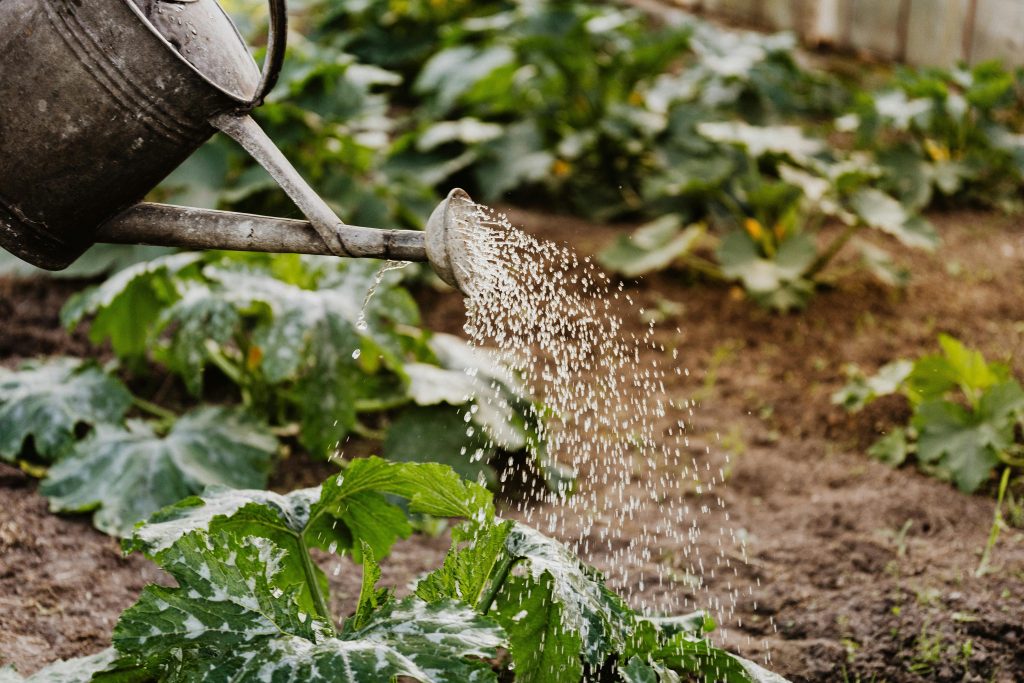
Harvesting and Enjoying Your Hydroponic Spinach
After weeks of diligent care and attention, it’s time to reap the rewards of your hydroponic spinach cultivation efforts. Here’s how you can harvest and enjoy your fresh greens.
Harvesting Spinach Leaves
When harvesting spinach leaves, choose young, tender leaves at the base of the plant for the best flavor and texture. Use clean scissors to cut the leaves, leaving a few inches of growth to encourage regrowth. Avoid harvesting more than one-third of the plant at a time to allow for continuous growth and multiple harvests throughout the growing season.
Enjoying Fresh Spinach
Once you’ve harvested your hydroponic spinach, it’s time to enjoy your fresh greens in a variety of ways. Add spinach leaves to salads, sandwiches, and wraps for a nutritious boost of vitamins and minerals. Blend spinach into smoothies or soups for a delicious and healthy meal option. You can also sauté spinach with garlic and olive oil for a tasty side dish or mix it into pasta or rice dishes for added flavor and nutrition.
Storing Excess Spinach
If you find yourself with an abundance of hydroponic spinach, there are several ways to store excess greens for future use. Consider freezing spinach leaves for later use in smoothies or soups, or blanching and freezing spinach for longer-term storage. Alternatively, you can dehydrate spinach leaves to create a flavorful herb that can be added to sauces, seasonings, or homemade spice blends.
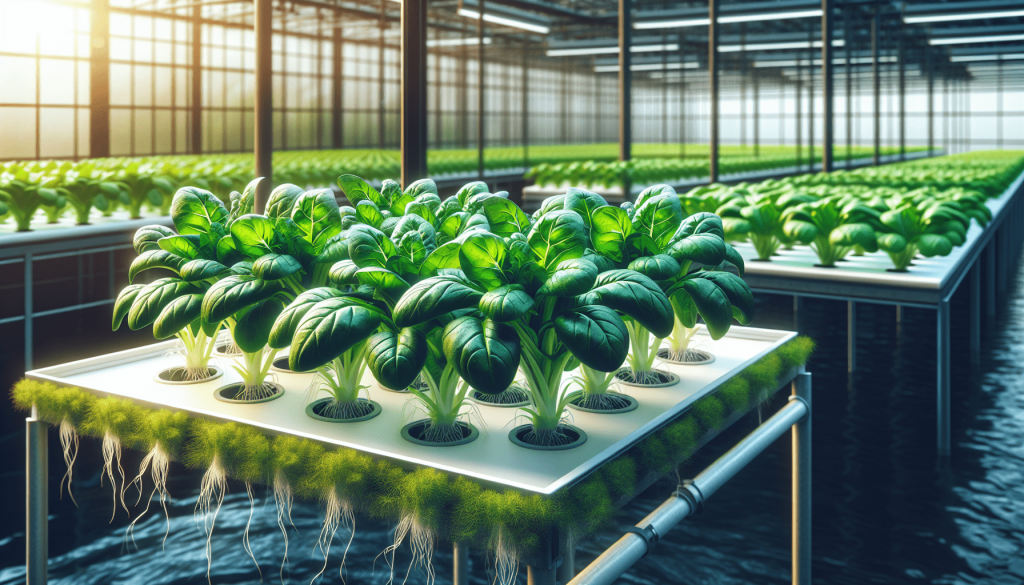
Troubleshooting Common Issues in Hydroponic Spinach Cultivation
Despite your best efforts, you may encounter some common issues when growing hydroponic spinach. Here are some troubleshooting tips to help you address these challenges and ensure the success of your cultivation efforts.
Nutrient Deficiencies
Nutrient deficiencies can occur in hydroponic systems if the nutrient solution is not adequately balanced. Common signs of nutrient deficiencies in spinach plants include yellowing or browning of leaves, stunted growth, and leaf curling. To address nutrient deficiencies, regularly test the water pH and nutrient levels and adjust the nutrient solution as needed to provide plants with the essential nutrients they require.
Pest Infestations
While hydroponic systems reduce the risk of pests compared to traditional soil gardening, you may still encounter pest infestations in your spinach plants. Common pests that affect hydroponic spinach include aphids, spider mites, and whiteflies. To address pest infestations, consider using natural predators like ladybugs or predatory mites, or use organic insecticidal soaps to control pest populations while minimizing harm to beneficial insects.
Disease Management
While hydroponic systems are less susceptible to soil-borne diseases, you may still encounter fungal or bacterial diseases in your spinach plants. Common diseases to watch out for include powdery mildew, damping-off, and root rot. To prevent disease outbreaks, practice good hygiene by sanitizing equipment and maintaining proper air circulation within your hydroponic system. Consider using organic fungicides or bactericides to control disease spread and protect your plants.
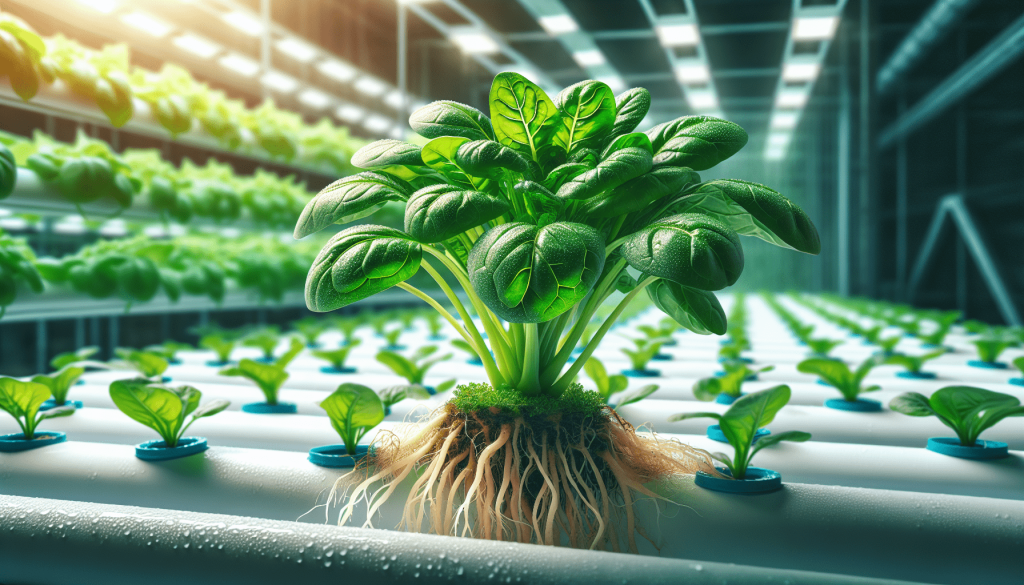
Final Thoughts
In conclusion, hydroponic spinach cultivation offers a sustainable and efficient way to grow fresh greens year-round. By eliminating the need for soil, reducing water consumption, and providing optimal nutrient solutions, hydroponic systems enable gardeners to enjoy a consistent harvest of nutrient-dense spinach regardless of external weather conditions. With proper care and attention to factors like lighting, temperature, and nutrient levels, you can successfully grow hydroponic spinach and enjoy the benefits of homegrown produce. So, why not give hydroponic spinach cultivation a try and discover the joys of year-round gardening today?
Related Content
- How to Use Beneficial Microbes in Hydroponic Farming
- The Ultimate Guide to 10 Effective Hydroponic Vegetables at Home in 2025
- The Ultimate Guide to nutrient film technique hydroponics: 7 Effective Strategies for 2025
- Create a Hydroponic Garden in Your Apartment
- The Ultimate Guide to Hydroponic Garden Maintenance: 10 Effective Tips for 2025





